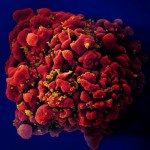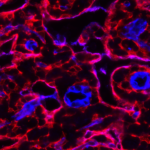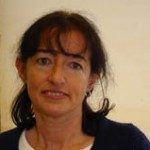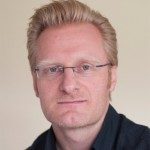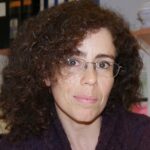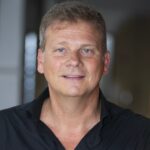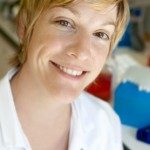Link to Pubmed [PMID] – 19380827
J. Immunol. 2009 May;182(9):5789-99
Stromal cells in lymphoid tissues regulate lymphocyte recruitment and survival through the expression of specific chemokines and cytokines. During inflammation, the same signals recruit lymphocytes to the site of injury; however, the “lymphoid” stromal (LS) cells producing these signals remain poorly characterized. We find that mouse inflammatory lesions and tumors develop gp38(+) LS cells, in recapitulation of the development of LS cells early during the ontogeny of lymphoid organs and the intestine, and express a set of genes that promotes the development of lymphocyte-permissive tissues. These gp38(+) LS cells are induced by a robust pathway that requires myeloid cells but not known Toll- or NOD-like receptors, the inflammasome, or adaptive immunity. Parabiosis and inducible genetic cell fate mapping experiments indicate that local precursors, presumably resident fibroblasts rather that circulating precursors, massively proliferate and give rise to LS cells during inflammation. Our results show that LS cells are both programmed during ontogeny and reinduced during inflammation.
